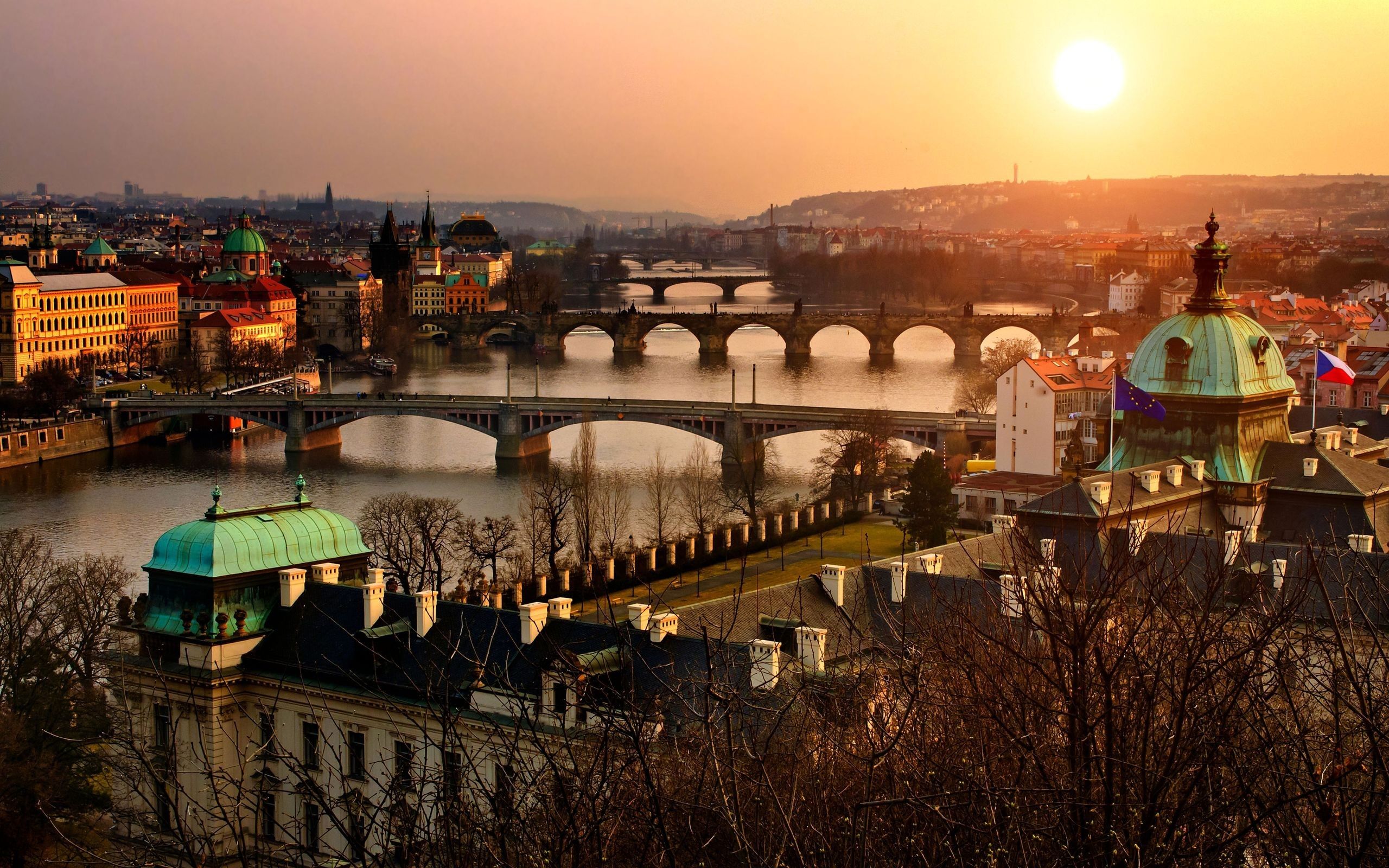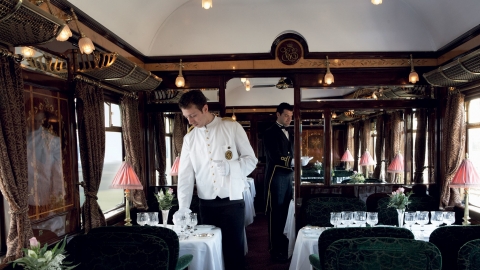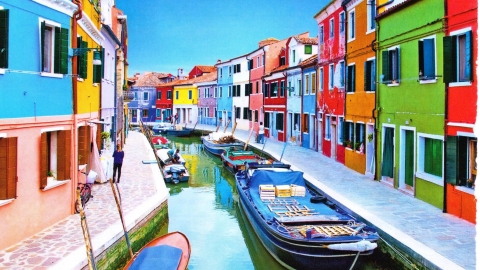Vienna, Austria
The Austrian capital Vienna has long been known as the “jewel” of European classical music, where generations of great composers lived and composed under the Hapsburg Dynasty, such as Beethoven, Gluck, Haydn, Mozart, Schubert, the Strauss father and son, and Vivaldi.
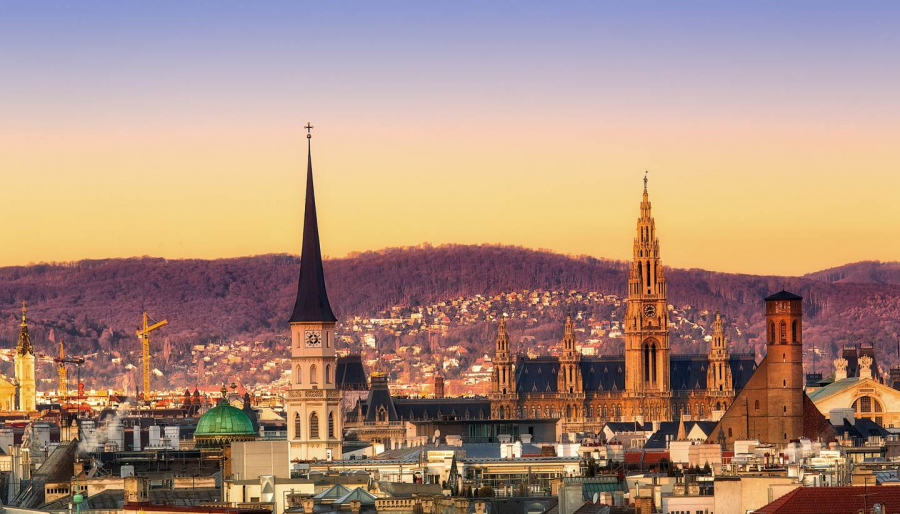
City of Vienna
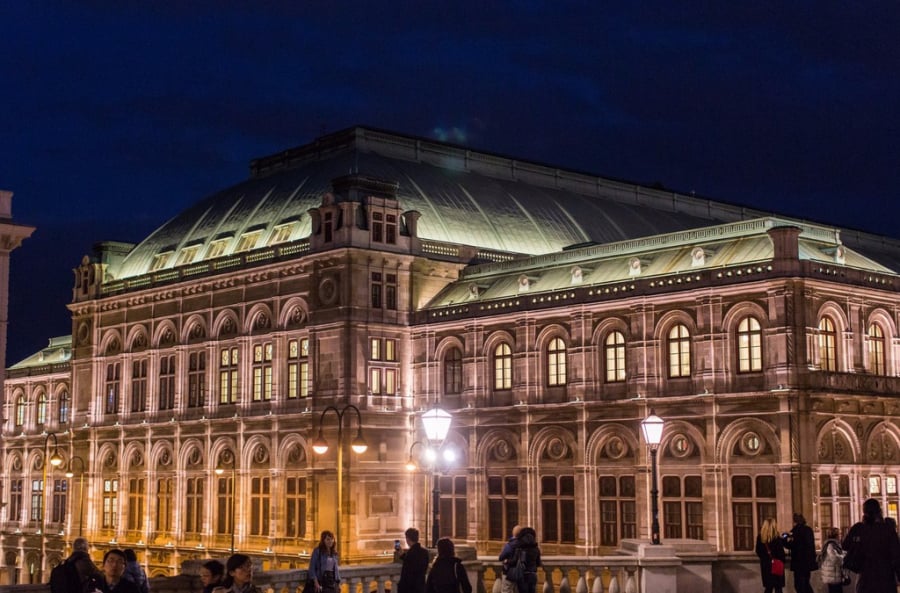
Vienna State Opera
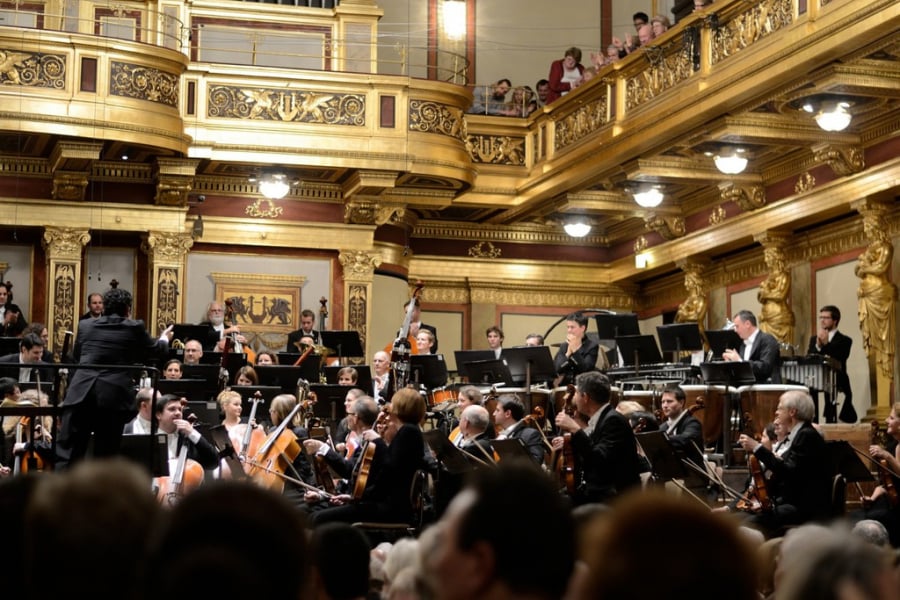
Vienna Philharmonic Orchestra
The person most closely associated with Vienna was perhaps Johann Strauss II, a true Viennese son, the authorBlue Danube River(The Blue Danube), which is considered the unofficial national anthem of Austria. At Praterstrasse 54 (just a 15-minute taxi ride from the center of Vienna, Innere Stadt), you can visit his former home, the Johann Strauss Wohnung, which is now a museum. In the central Stadtpark, there is a gilded monument to the “king of the waltz”.

Johann Strauss Wohnung Museum

The Vienna Theatre in the Mariahilf district, where Strauss premiered many operas
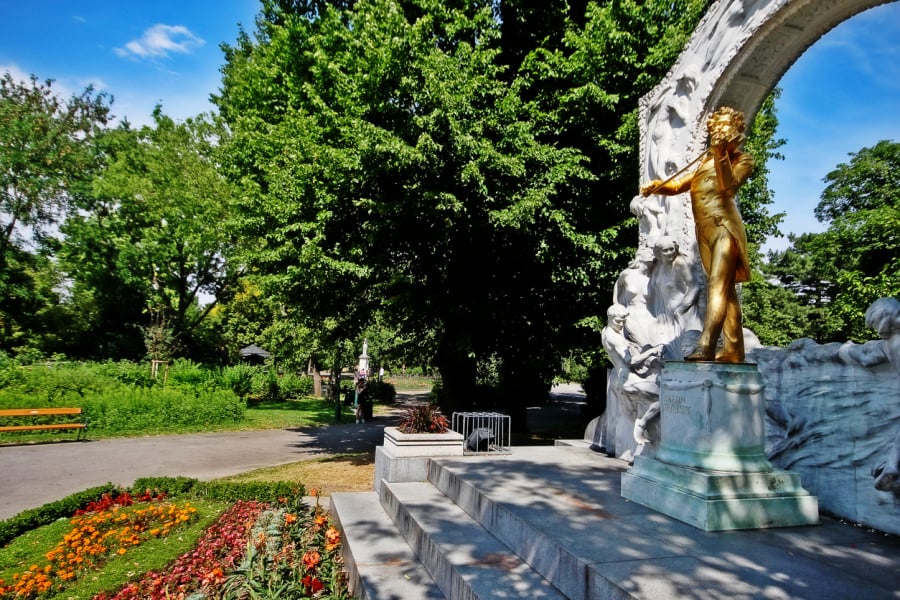
Memorial to Johann Strauss II
Wolfgang Amadeus Mozart was not born in Vienna, but he lived and worked there for 10 years. He was the first musician to perform for Empress Maria Theresa at Schönbrunn Palace. After years of touring, he eventually settled here and got married in St. Stephen's Cathedral. Dotted around Vienna are landmarks that bear his name, such as the Österreichische Nationalbibliothek, where he gave his Sonntagsakademien concerts; and the 13th-century Michaelerkirche, where he performed.Requiem(Requiem) for the first time. The Michaelerkirche is also famous for its pipe organ, which is over 300 years old. And of course, the Mozarthaus Museum (at Domgasse 5), Mozart's only remaining home, cannot be missed.
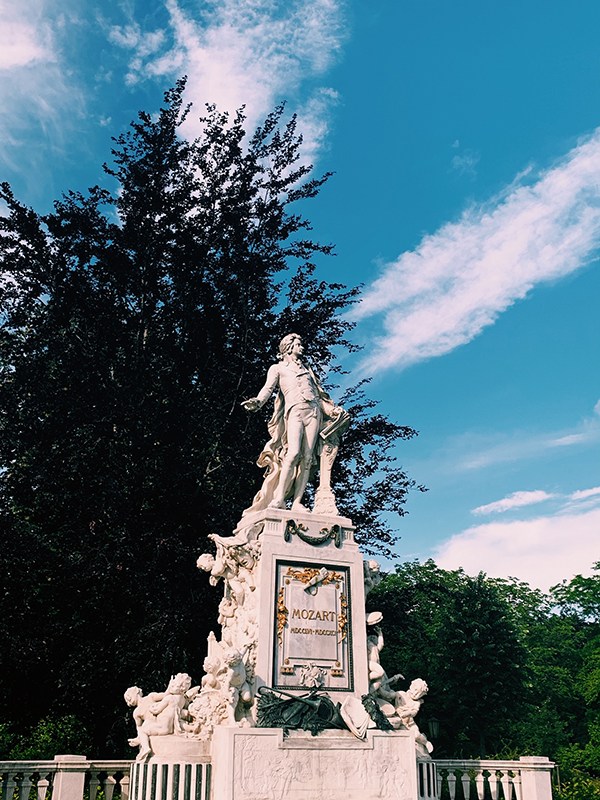
Statue of Mozart in Burggarten garden, central Vienna
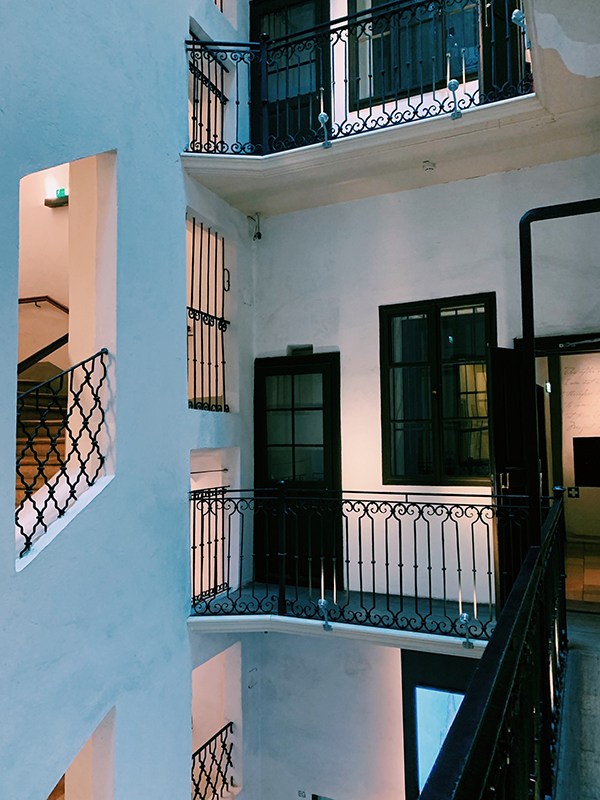
Mozarthaus Museum, where Mozart lived from 1784 to 1787
Mozart wasn’t the only composer who made his name in Vienna. Ludwig van Beethoven also came to the city to study music under Joseph Haydn. During his 35 years in Austria, he lived in an apartment in Pasqualati House, where the German-born composer produced some of his most famous works. Beethoven later moved to Heiligenstadt, where his former residence was converted into a museum in 2017.

National Library in Vienna

The National Library in Vienna is considered one of the most beautiful Baroque libraries in the world.
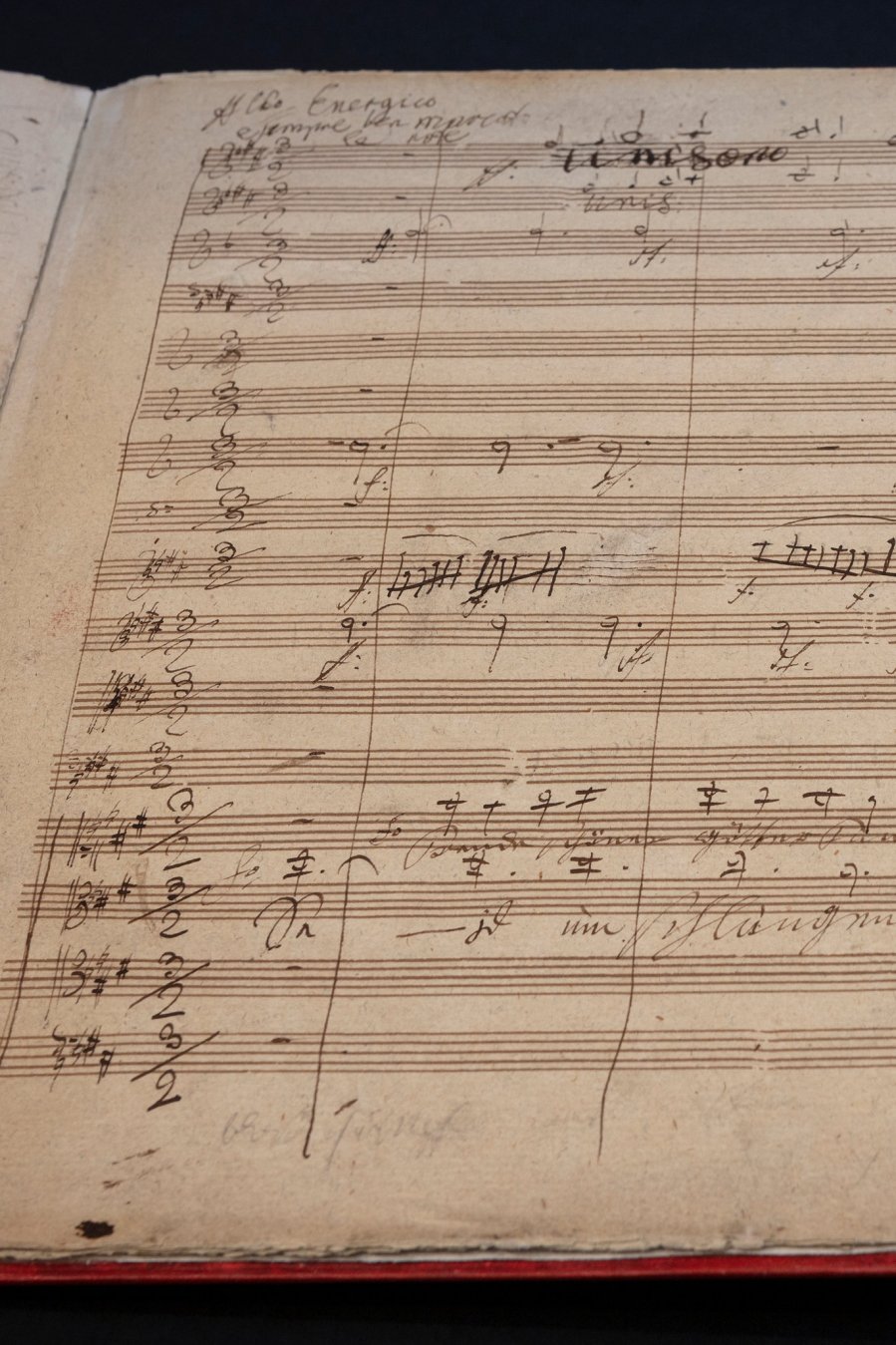
Beethoven's Symphony No. 9, on display in the National Library
The composer who marked the transition between classical and romantic music was Franz Schubert, a student of Antonio Salieri. He was greatly influenced by Beethoven. During his short life, he composed symphonies, operas, chamber music, church music, and poems that are the precursors to modern songs. Classical music lovers can visit his old home and see the great composer's last works, letters, and other writings. Schubert also has a memorial in Stadtpark. His grave is near Beethoven, whom he admired all his life, and next to those of Johann Strauss II and Johannes Brahms.
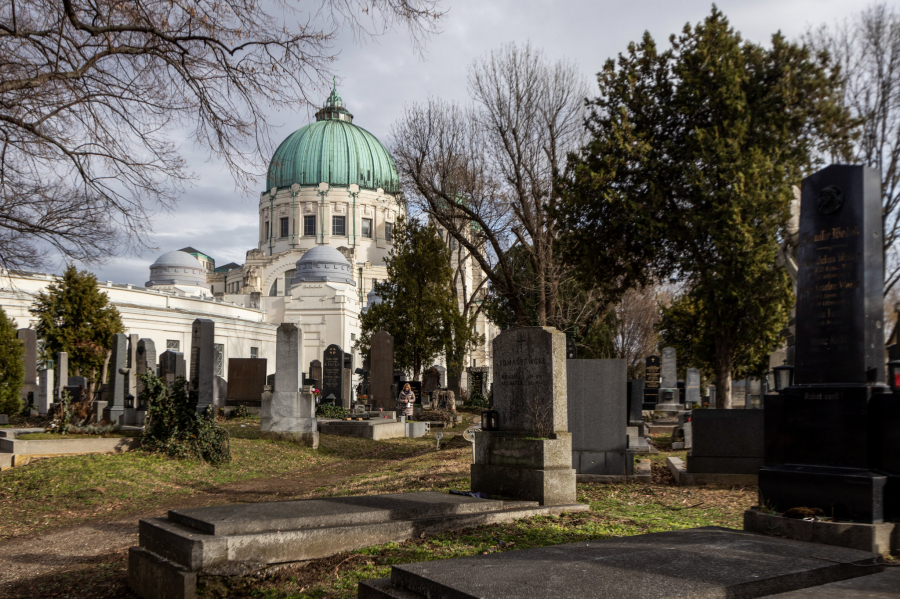
Central Cemetery
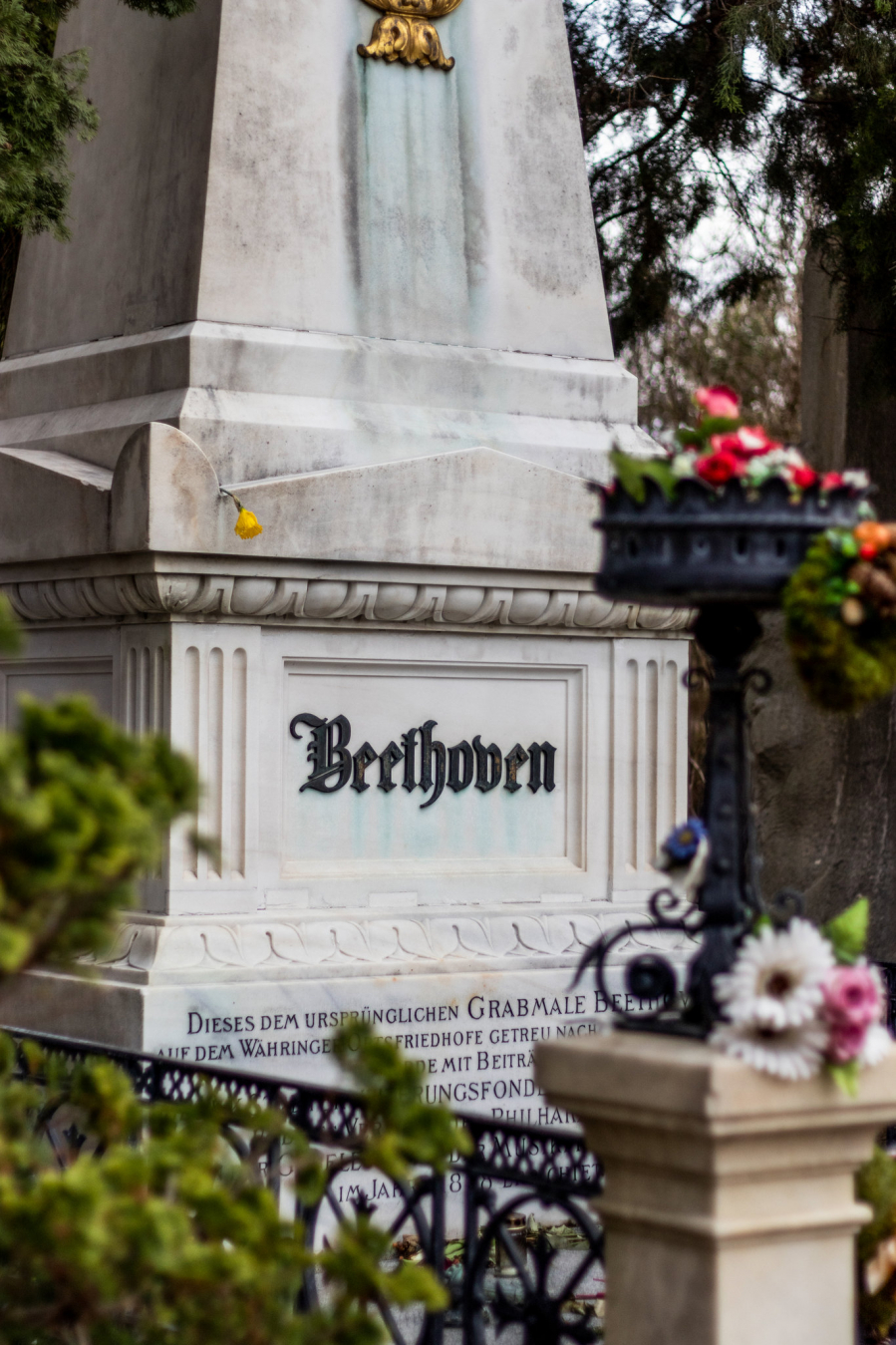
Beethoven's grave
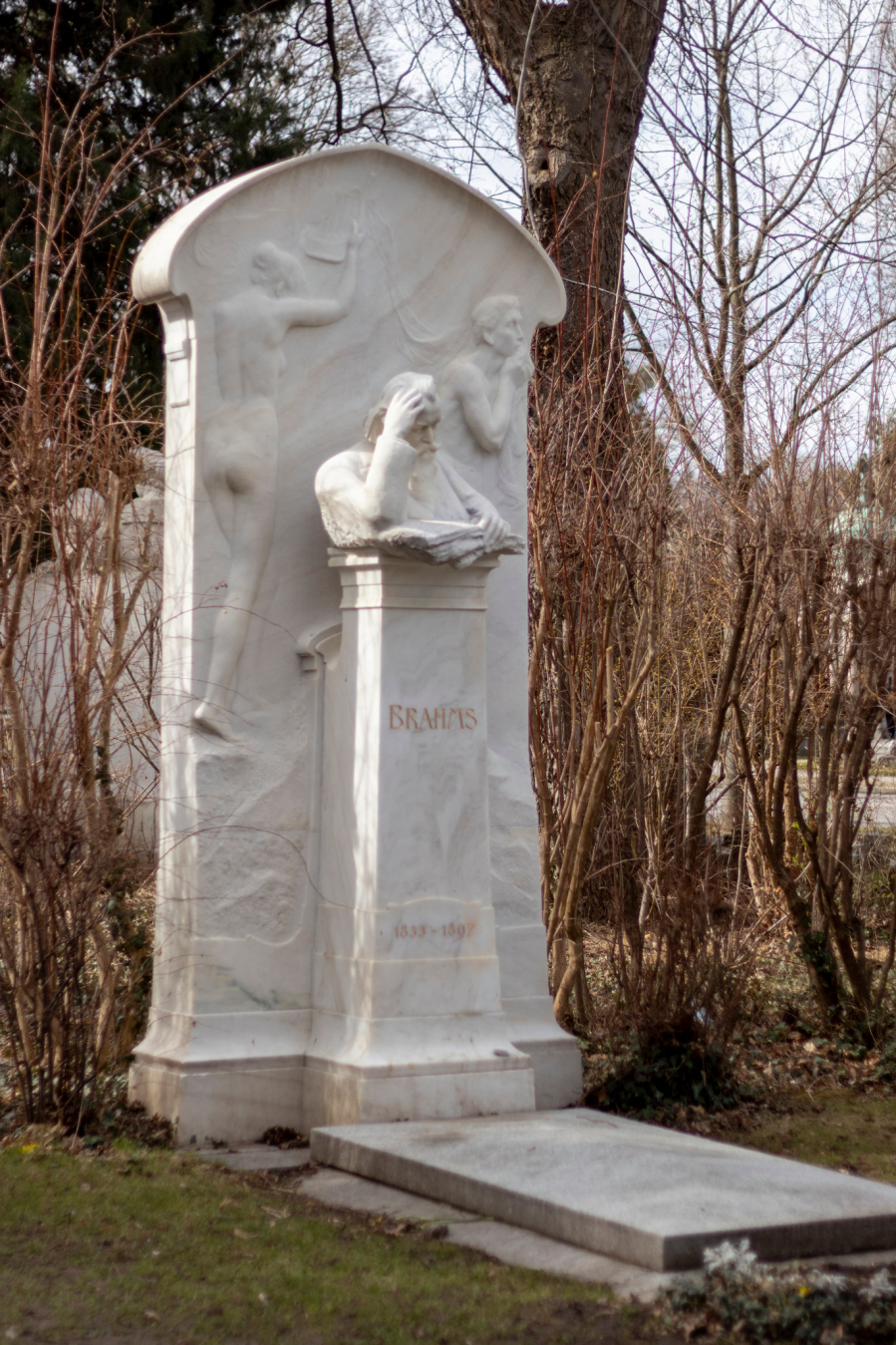
Brahms' grave
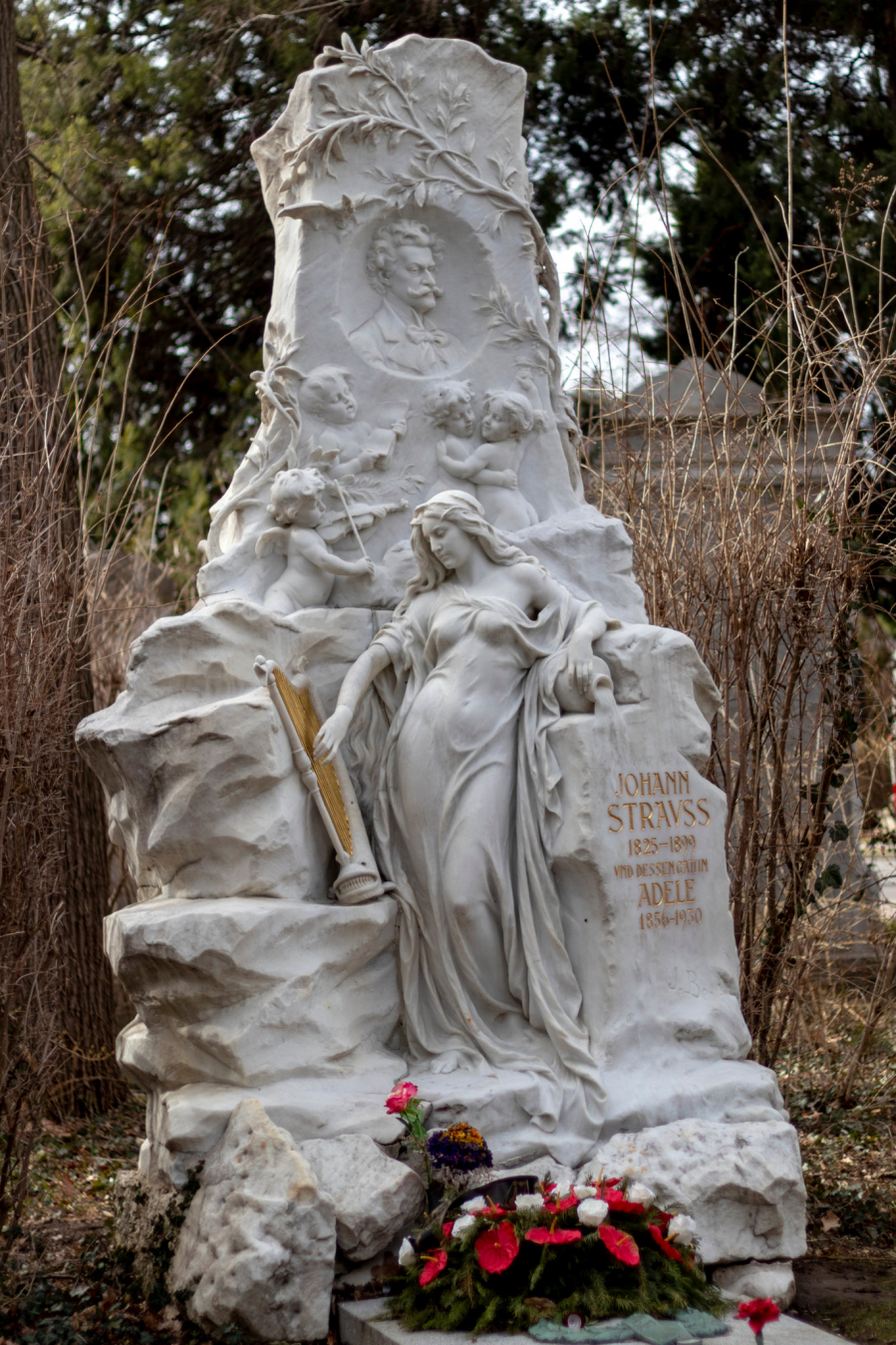
Tomb of Strauss II and his wife

Salieri's Tomb
Visitors to Vienna can also visit the final resting places of classical music legends at Central Cemetery, remembering what they left behind.
Salzburg, Austria
About a three-hour drive west of Vienna is the UNESCO World Heritage city of Salzburg. The old town on the banks of the Salzach River is also known as Mozart's City because this is where the musical prodigy was born and spent more than half of his short life.

City of Salzburg
Currently, his house has become a museum, a place to store the "highlights" in the life and career of the genius composer.
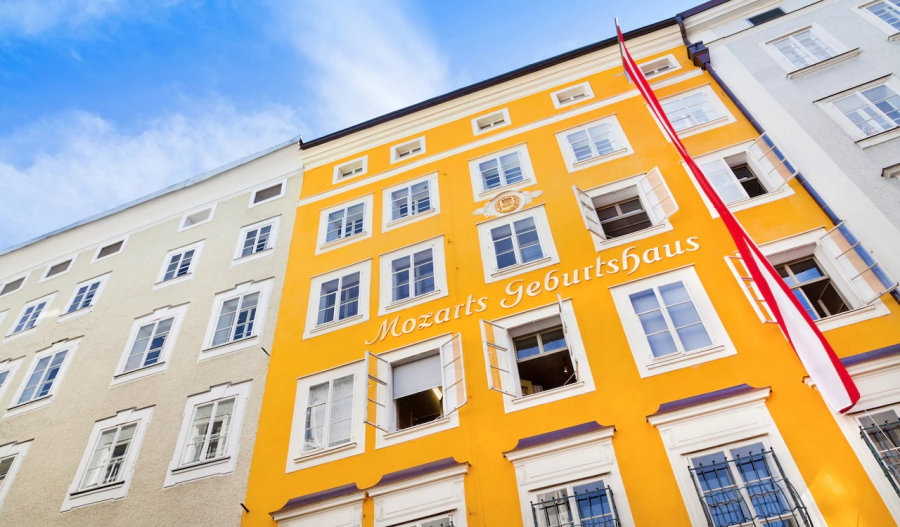
Mozart's House
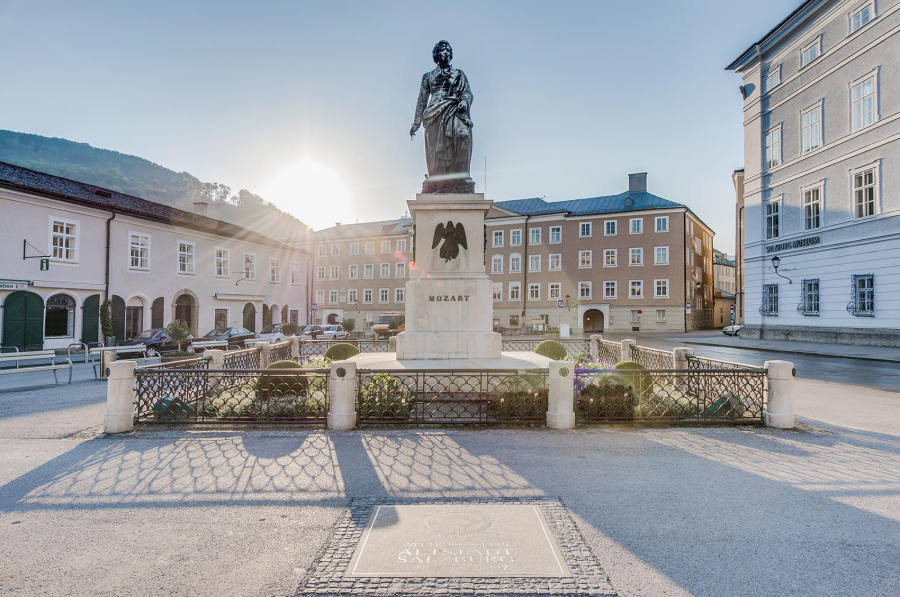
Mozart Square
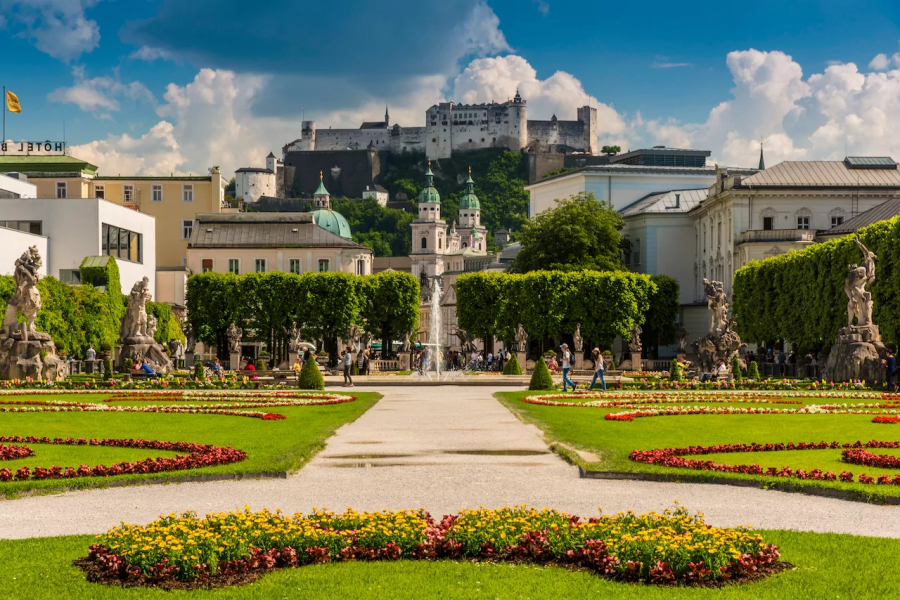
Mirabell Gardens, one of the filming locations for "The Sound of Music"

St. Peter's Cemetery
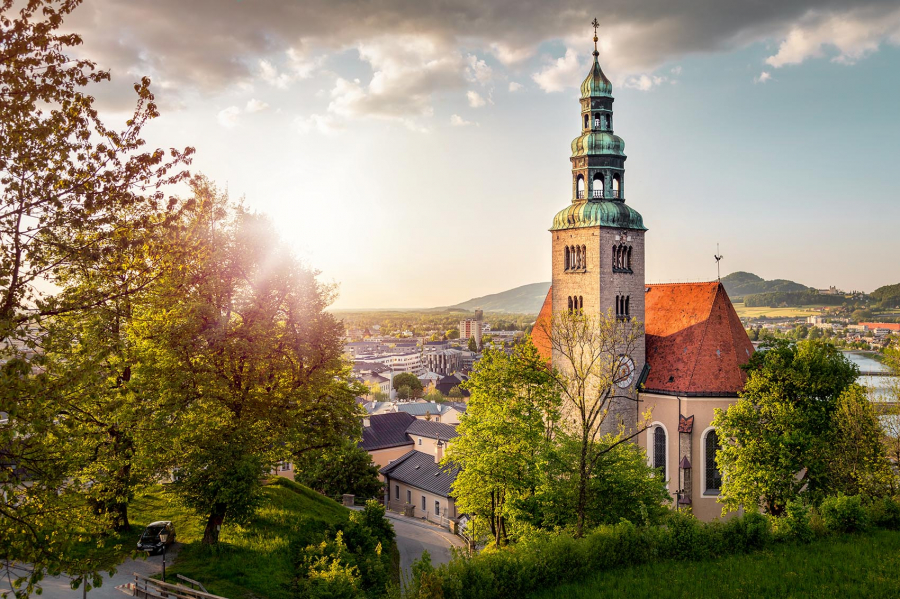
Salzburg Cathedral
Visitors can also stop by the Salzburg Cathedral, built in 774, where Mozart was christened and played the piano as a child. With concerts taking place throughout the year, it is a great experience for those who have the opportunity to enjoy Mozart's works in the famous composer's hometown.
Leipzig, Germany
Located in the state of Saxony, the city of Leipzig has been an important part of German musical history.
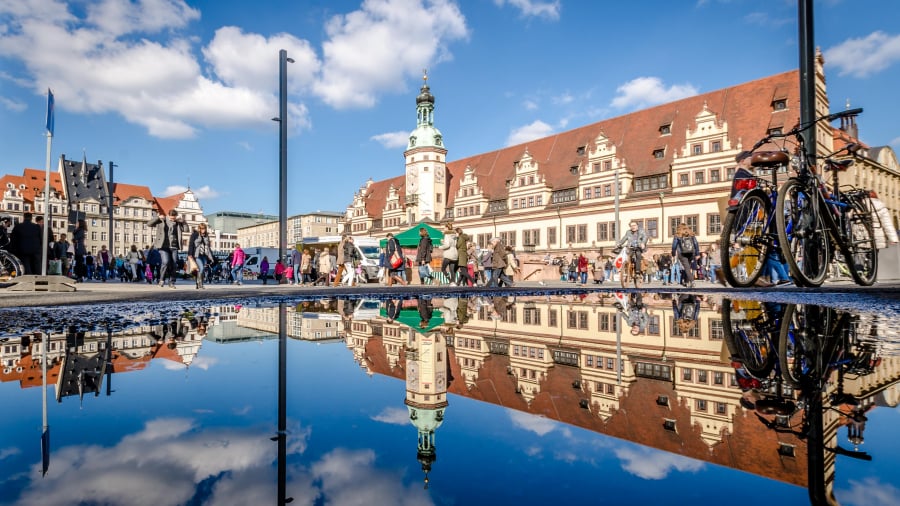
City of Leipzig
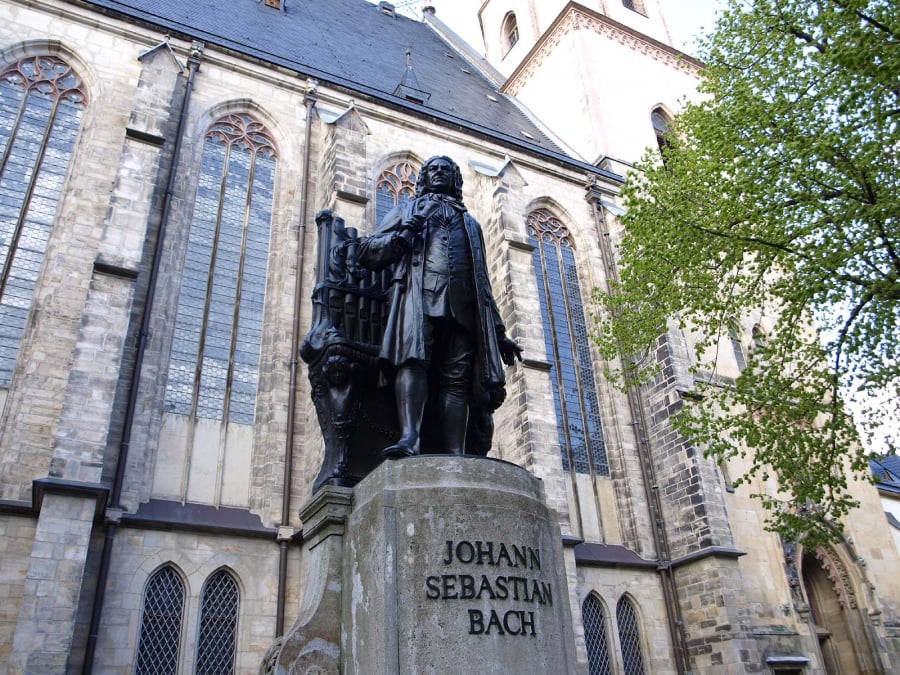
Bach statue in Leipzig
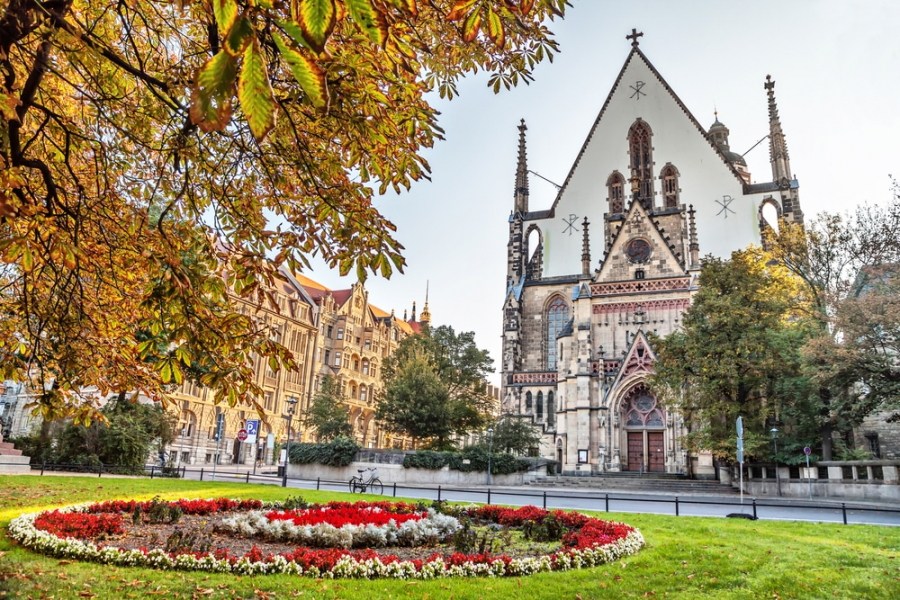
St. Thomas Church
The first attraction for music lovers is St. Thomas Church, where Johann Sebastian Bach worked as a choirmaster from 1723 until his death in 1750. Here, he composed a large number of baroque pieces. Bach is currently buried in the old Lutheran church. His name is associated with the Leipzig Bach Festival, a famous musical event, which takes place every June.

Leipzig Bach Festival
Not far from St. Thomas is the Bach Museum. Visitors can find a collection of his original music and manuscripts. In particular, you will have the opportunity to explore the composer's family tree, from which you can see the important role of music through the generations.
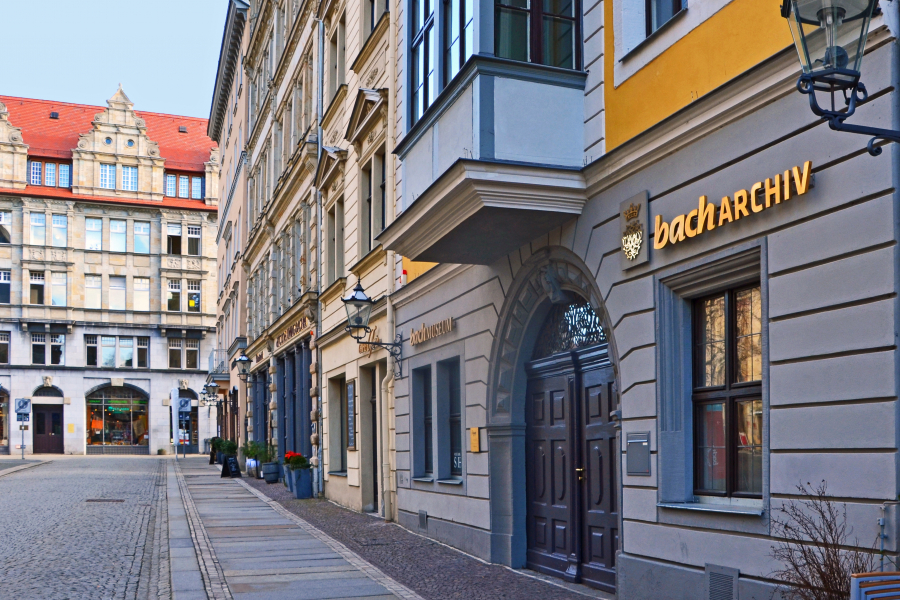
Bach Museum
In the center of Leipzig, visitors can also find the house where Felix Mendelssohn Bartholdy lived. He was a German composer, pianist and conductor of the early Romantic period. After Felix Mendelssohn Bartholdy's death, his old house on the second floor was restored as a museum, welcoming visitors in a nostalgic atmosphere, furnished in the late Biedermeier style (1815-1845).
Prague, Czech Republic
Prague is also the cradle of European classical music, where many famous composers became famous. Typically Mozart with his operaThe Wedding of Figaro(The Marriage of Figaro). Then came the workDon GiovanniHis work was first performed at the Prague Estates Theatre in 1787. To this day, the theatre has become a must-see destination for classical music fans.

Prague Estates Theatre
In addition to Mozart, several Czech composers, including Bedrich Smetana, have also made a name for themselves in Prague’s classical music scene. When you arrive in the city, you can find a small museum in a villa near Charles Bridge that commemorates his life and music.
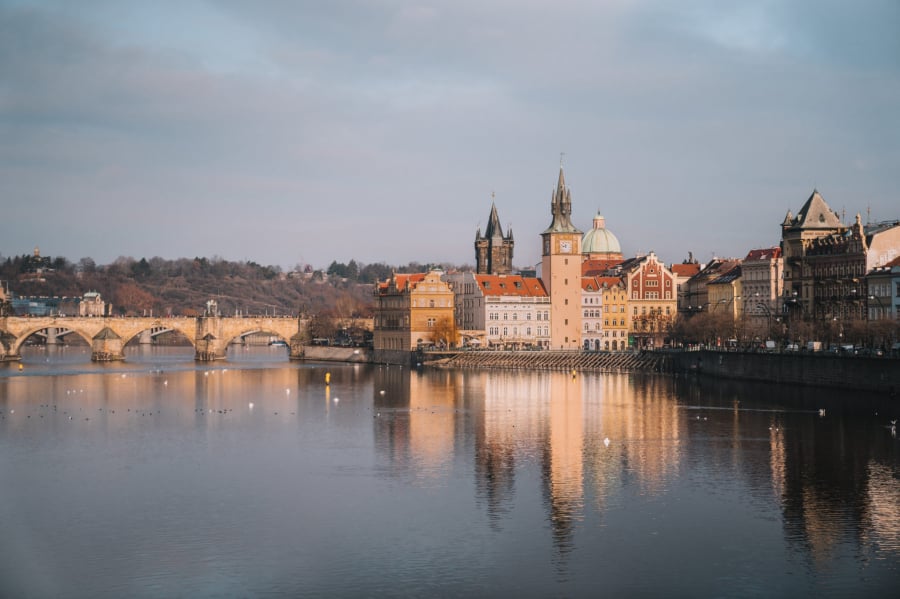


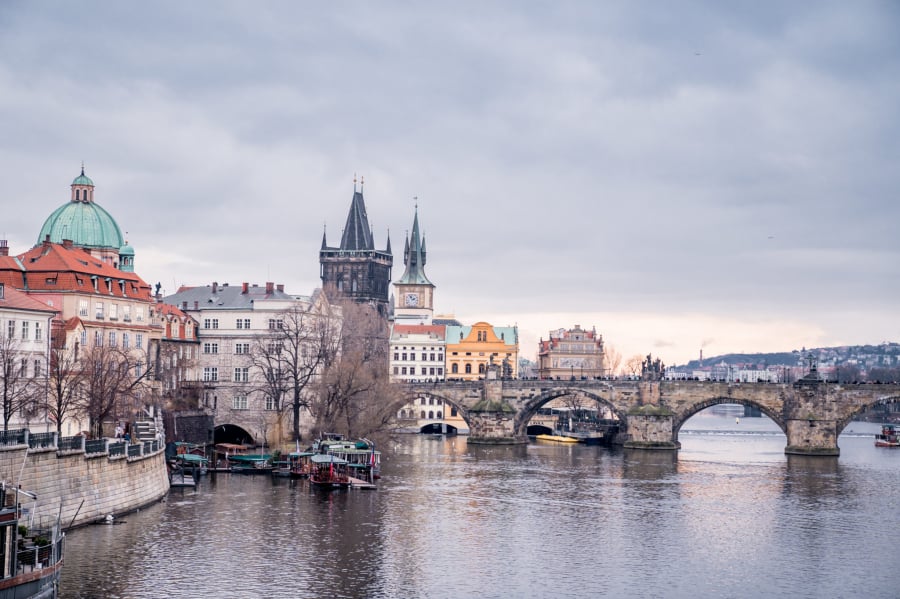
Prague City
Antonin Dvorak is also considered one of the most important composers in the Czech Republic and the world, with symphonic works of the highest order. His name is now given to a hall where the Philharmonic Orchestra often performs. Similar to Smetana, Dvorak is also honored with a museum in Prague. Here, fans will have the opportunity to enjoy the music associated with the artist in regularly organized events.
Saint Petersburg, Russia
The Romanov family, who ruled Russia in the late 19th century, were known for their love of music and became famous throughout Europe for their patronage of composers. This contributed to making the ancient capital of Saint Petersburg a hotbed of great musical talent.
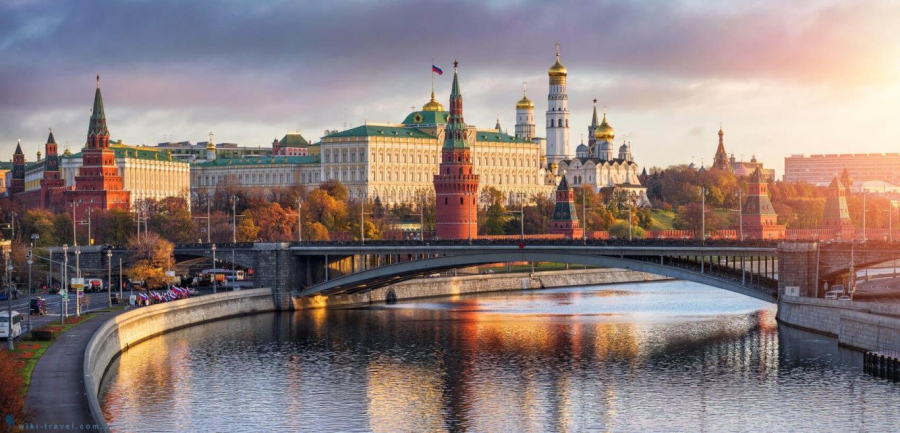
Saint Petersburg city

Church of the Savior on Spilled Blood
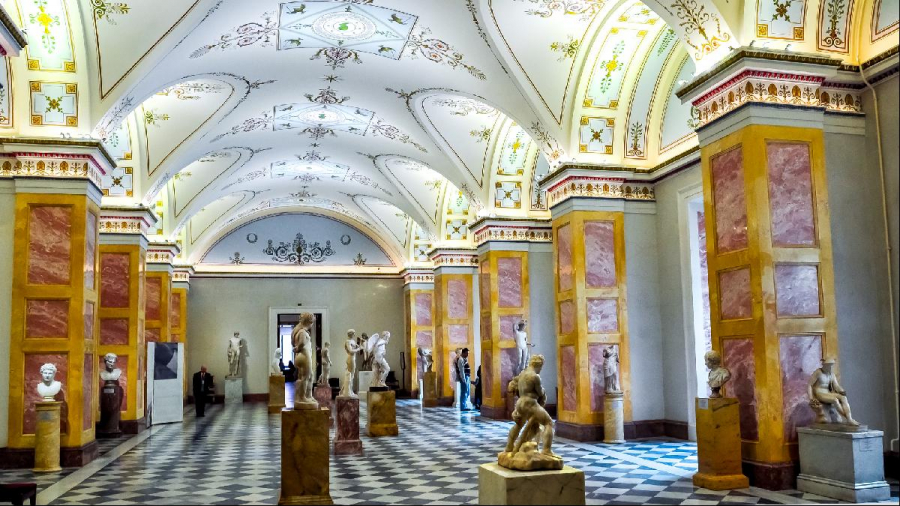
Hermitage Museum
Today, tourists can enjoy works by famous Russian composers such as Borodin, Rimsky-Korsakov, Stravinsky, Tchaikovsky, Rachmaninof at various venues in the city such as the Saint Petersburg Academic Philharmonia or the Saint Petersburg Chamber Opera.



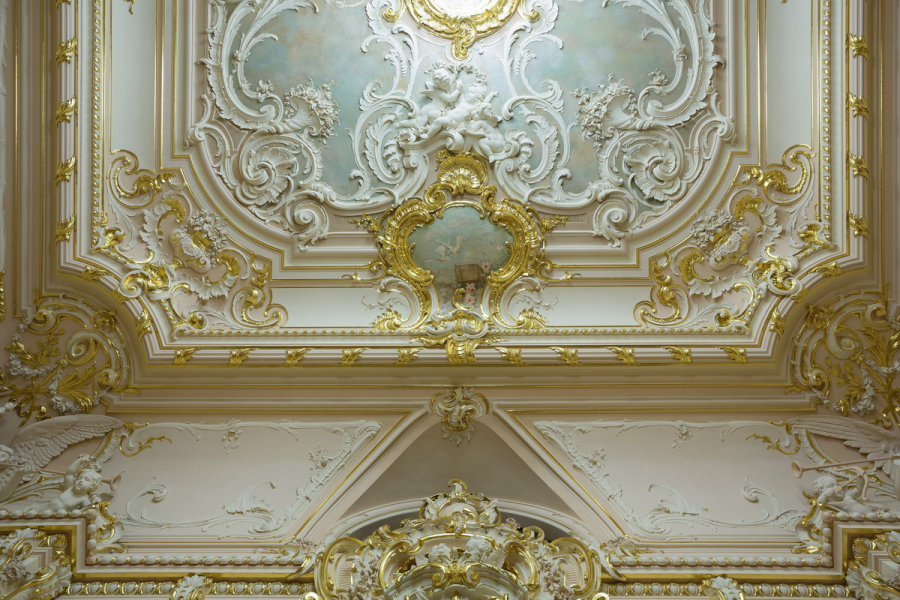
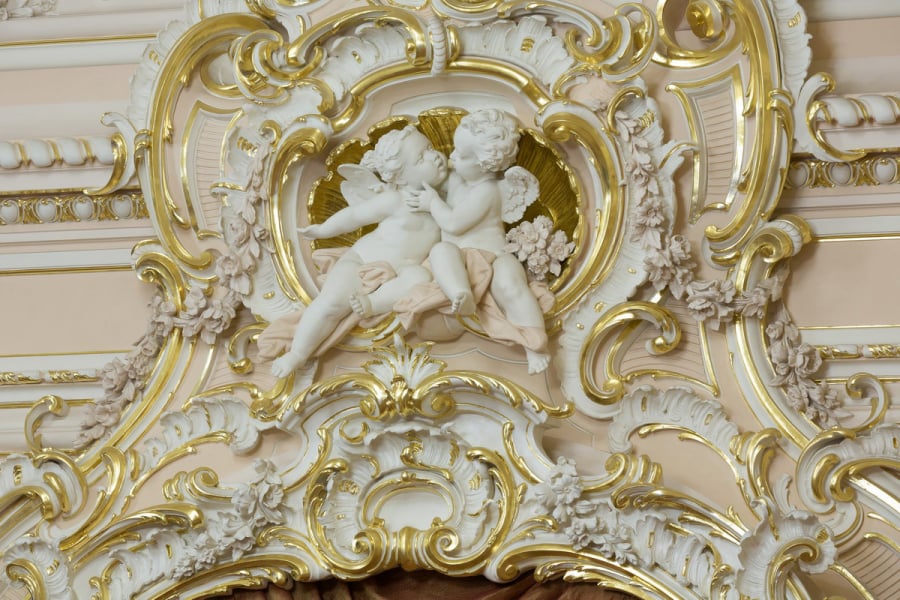
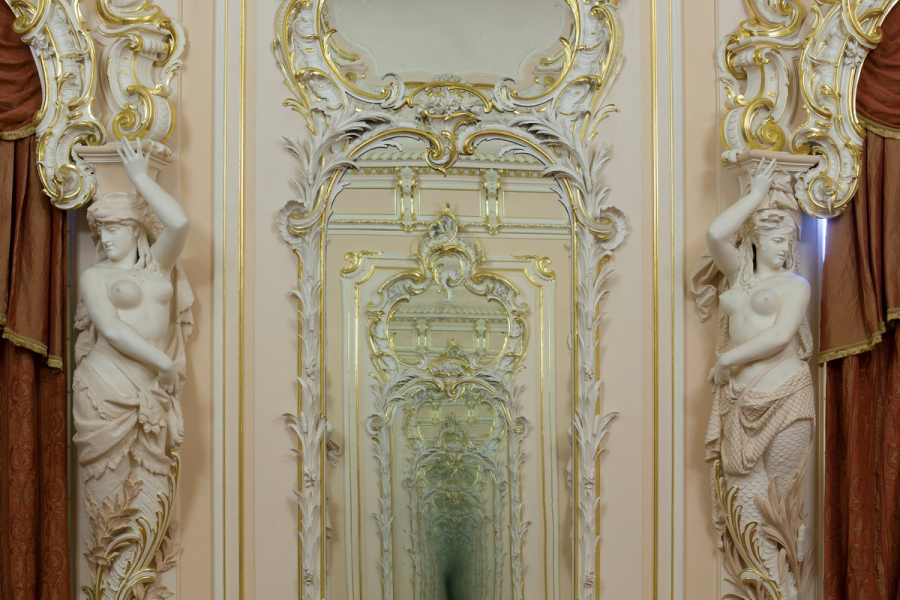
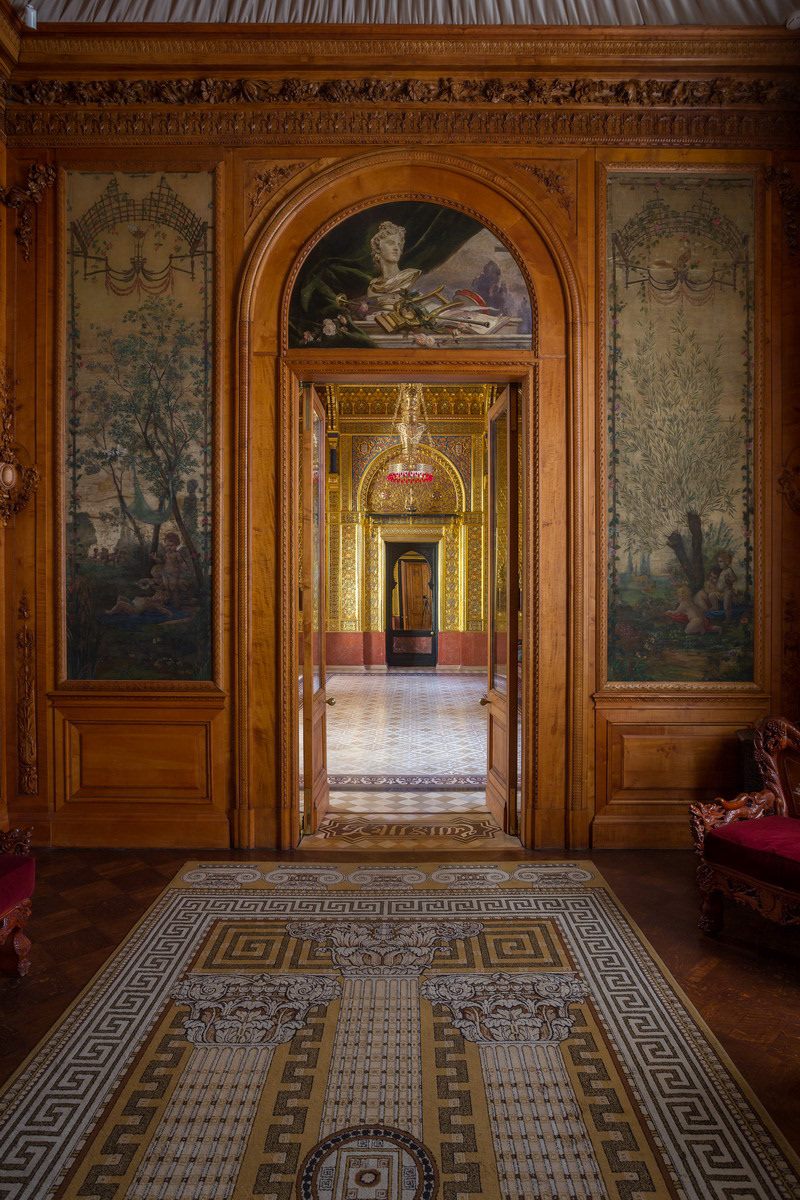


Saint Petersburg Chamber Opera
Budapest, Hungary
When you arrive in Hungary, classical music lovers can also enjoy their favorite music right in the capital city of Budapest. The Hungarian State Opera House is where the works of art are performed in a splendidly decorated hall. If you have the opportunity to attend a chamber music concert at St Stephen Basilica, do not hesitate to own a ticket right away.
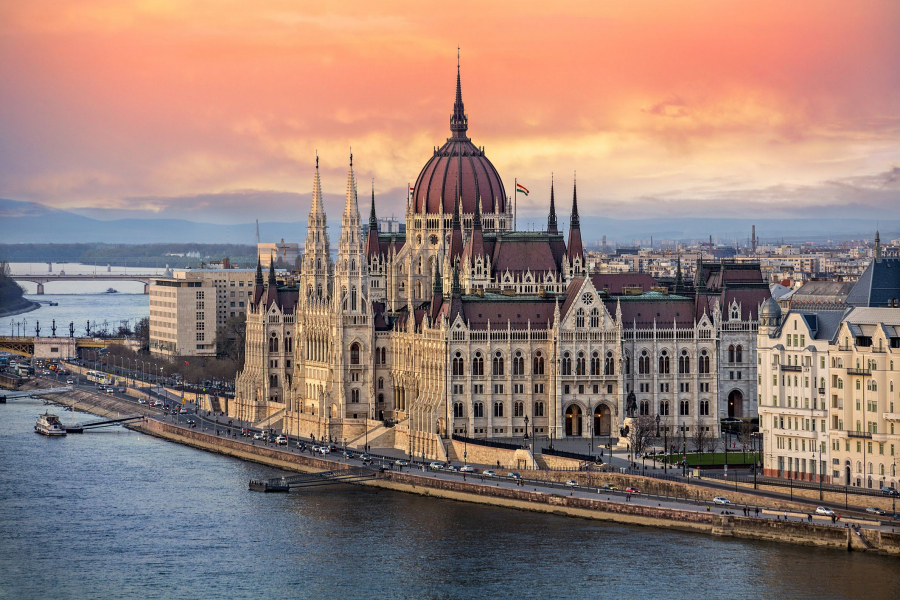
City of Budapest
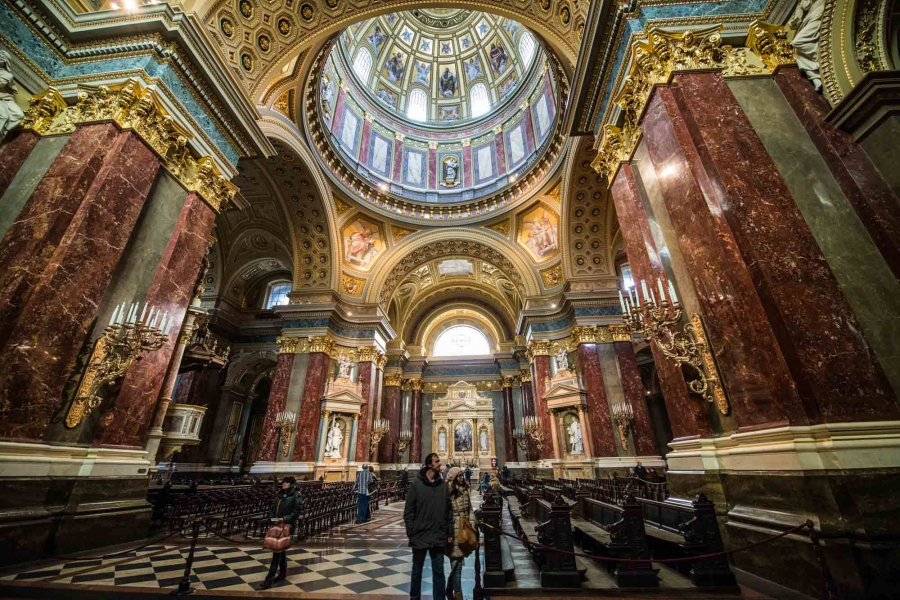
St. Stephen's Basilica
Hungary is also the birthplace of Franz Liszt. He became famous worldwide during the 19th century as one of the most talented pianists and composers. Not far from where Franz Liszt lived in Budapest, you will find a museum dedicated to his life and musical career.
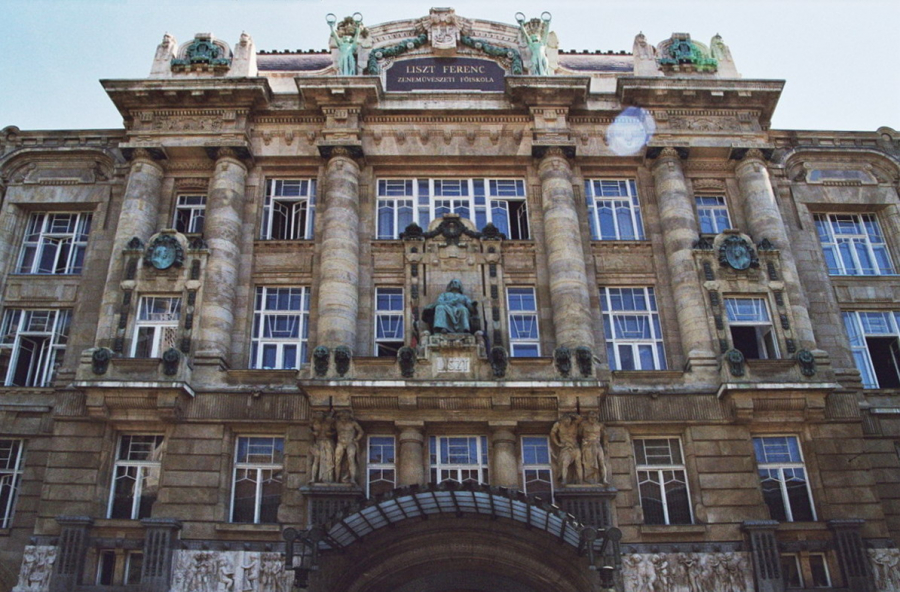
Franz Liszt Conservatory

Orchestra of the Franz Liszt Conservatory
After Franz Liszt, Kodály Zoltán and Béla Bartók also made their mark with 20th-century classical concertos. The museums associated with their names are favorite stops for classical music lovers in the capital city of Budapest.
Bergen, Norway
Anyone who has ever visited the beautiful country of Norway certainly cannot miss the old house of Edvard Grieg, one of the most famous composers in the Nordic country.
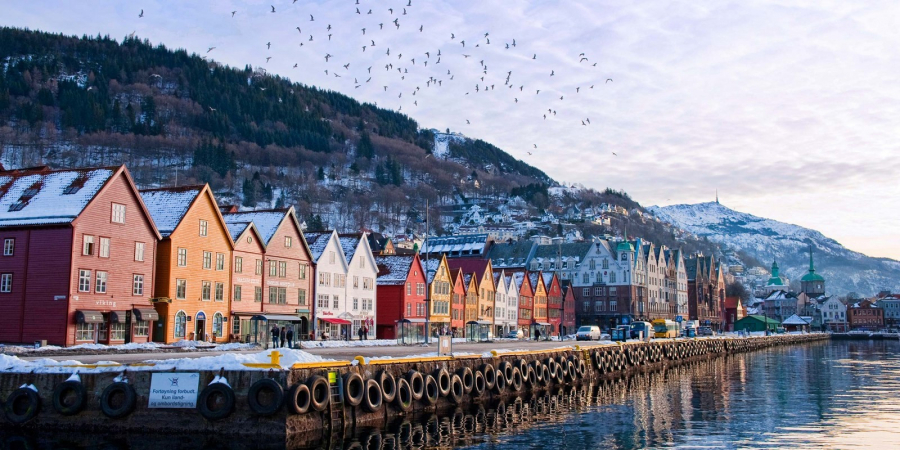
City of Bergen
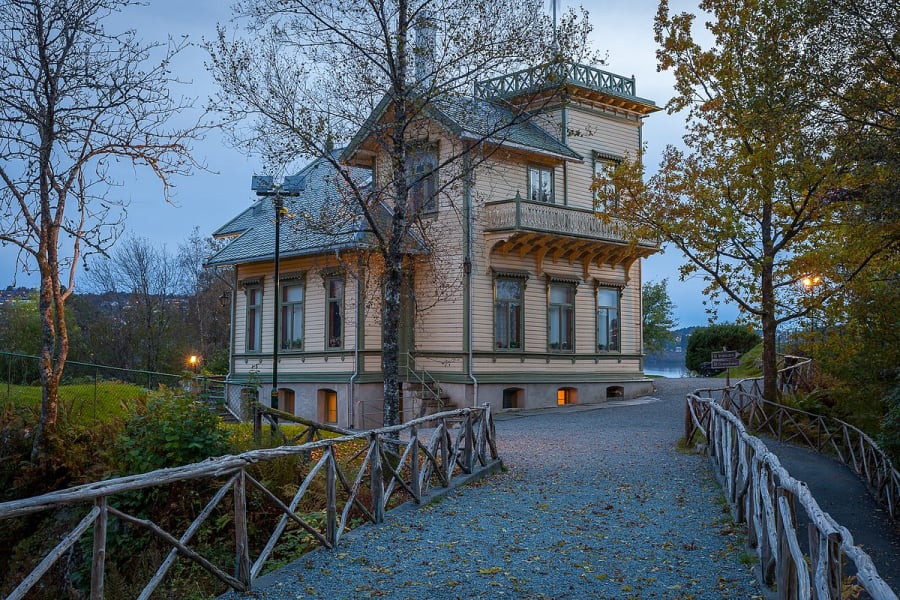
Troldhaugen, the residence of Edvard Grieg
The Troldhaugen house in the port city of Bergen is where Edvard Grieg lived with his wife Nina Grieg. The area also includes the Edvard Grieg Museum, his music hut and the couple's final resting place.

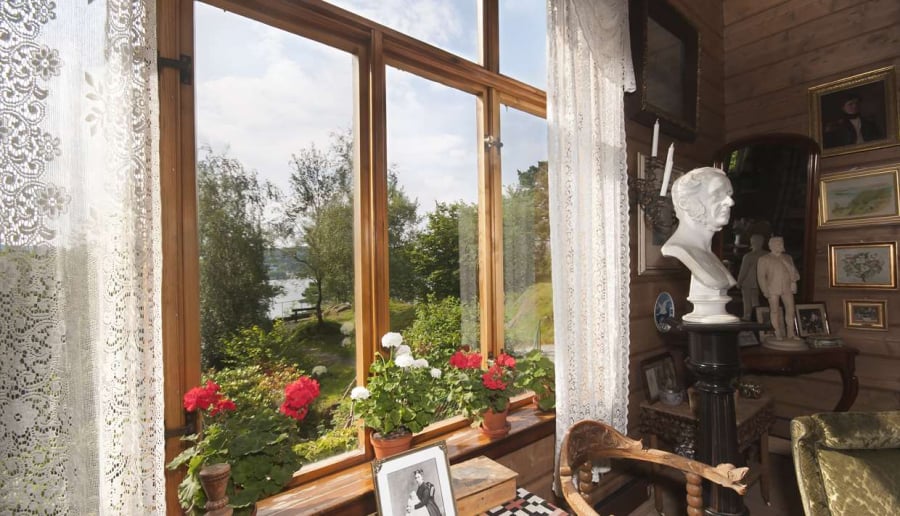
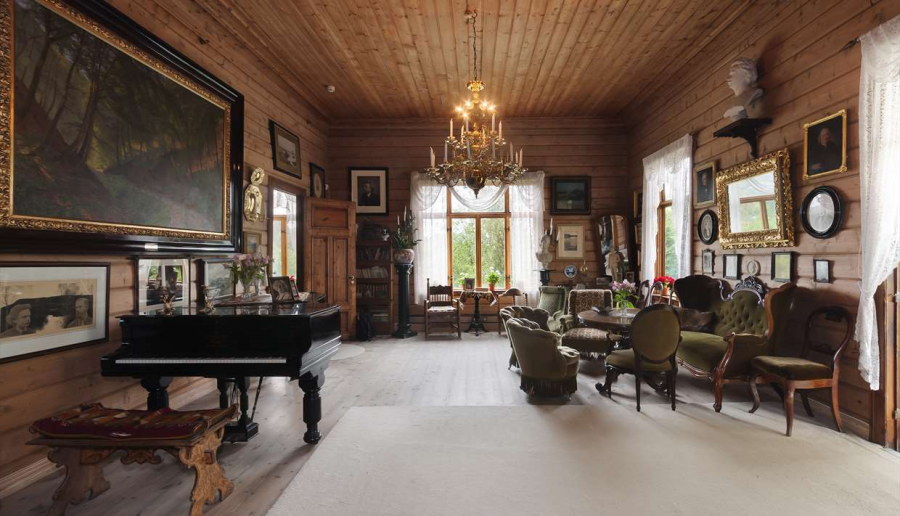
Edvard Grieg is considered a "leader" in the Romantic period of music with worksPiano Concerto in A minorandPeer GyntHe often used and developed Norwegian folk music in his compositions. It was Edvard Grieg's contributions that helped put Norway on the world music map.





